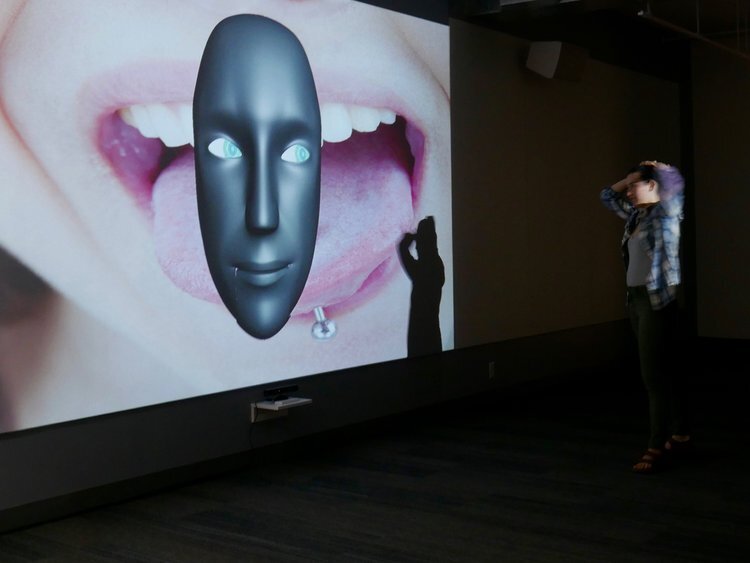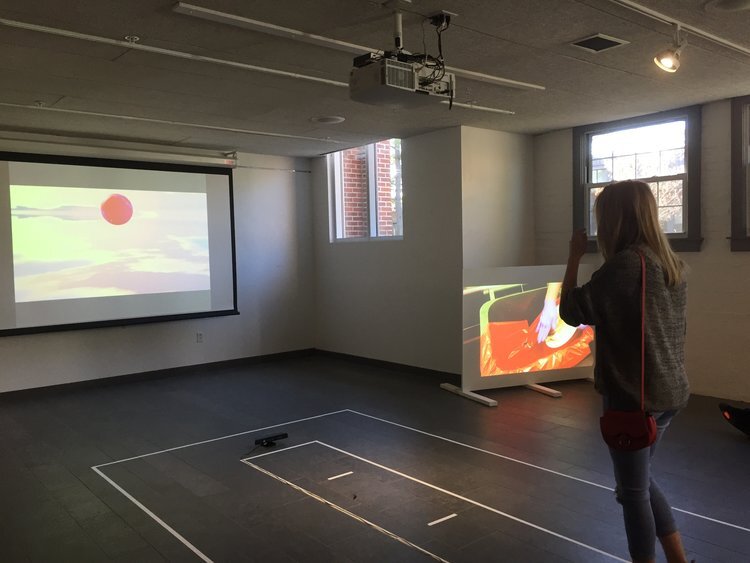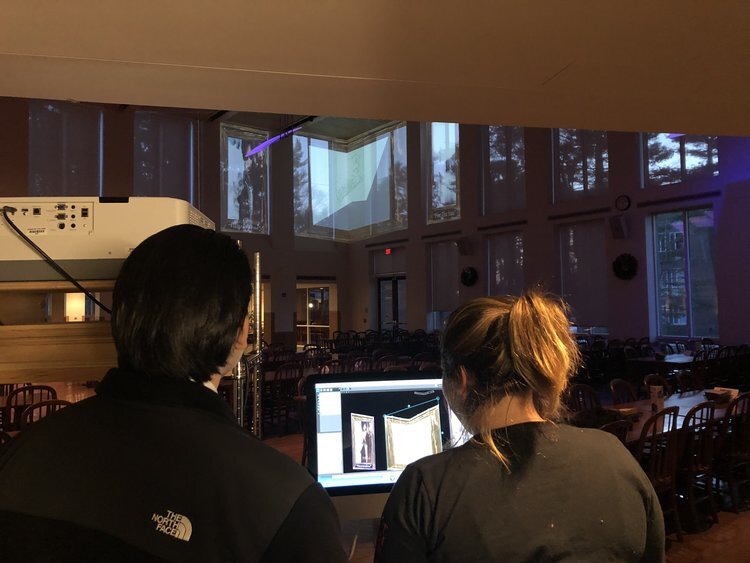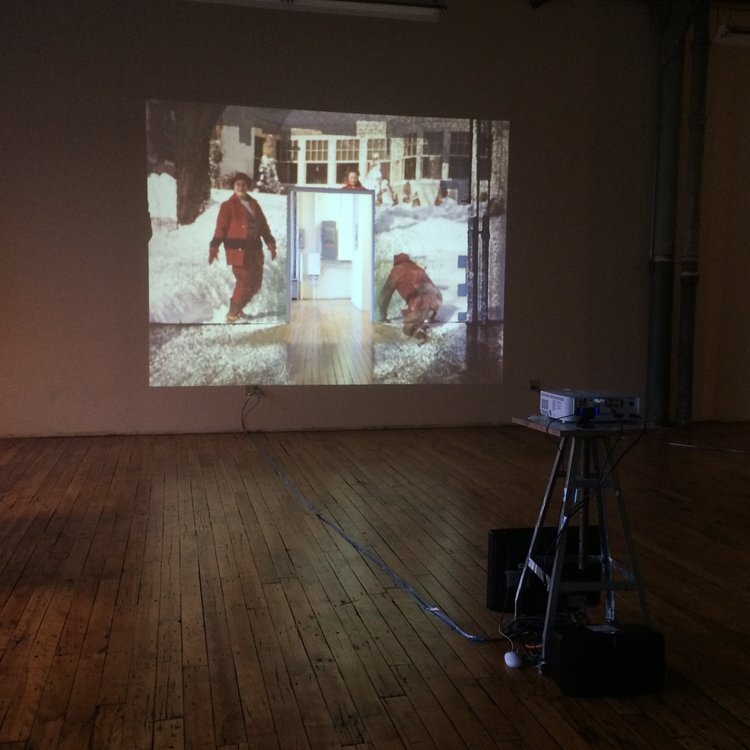Interactivity, Computation, and Media Architecture
The use of media architecture has become an increasingly common way to engage with our surroundings. This class explores how embedded computation affects the way that we experience the built environment. Students learn about how digital media is changing our notion of place and how we interact and learn about it. Through short and long-term projects, students learn how to design and prototype computationally-driven experiences which are embedded into architectural spaces.
“As students ate dinner at Thorne Dining Hall during what should have been a regular weekday evening, a swarm of lights buzzed through black space high overhead. This spectacle followed the crawl of giant fifteenth-century Chinese handscrolls across the walls. Then, enormous hands took over the scene, briefly playing Leonard Cohen’s “Hallelujah” on a keyboard... “Thorne is relatively the same each time,” Johnson said. “You get your food, eat, talk with friends and colleagues. We wanted to see how conversations change and bodies move differently in the space. How do people relate differently when media is embedded in space they’re in?””
“After taking multiple Digital and Computational Studies courses taught by Erin, I elected to pursue a Self-Designed Digital Media and Cinema Studies major that borrowed curriculum from the DCS Department. Erin served as my mentor and advisor throughout the major and encouraged me to find innovation in interdisciplinary studies. Her work to build the department and engage students in new academic fields outside of traditional learning spaces has certainly expanded Bowdoin’s offerings to students. Students who have taken her courses know the value it brings to enriching their curriculum.”





